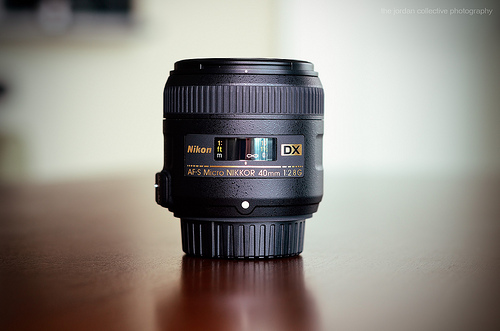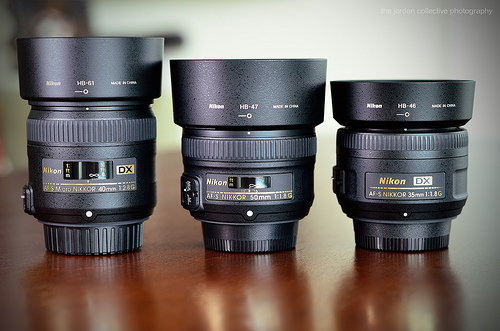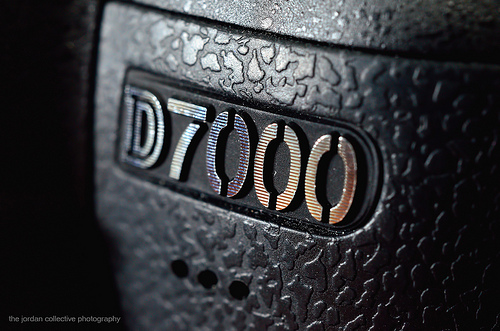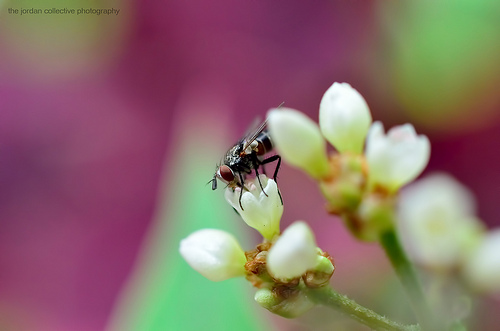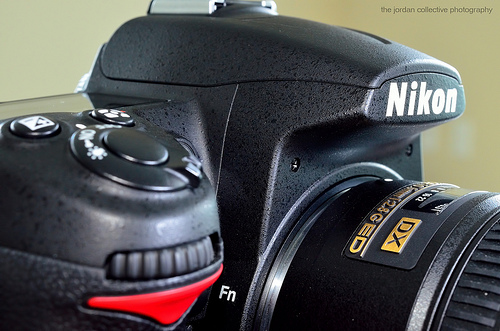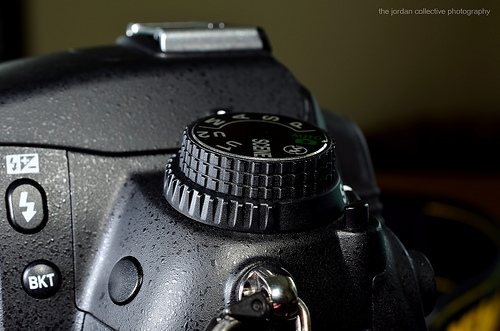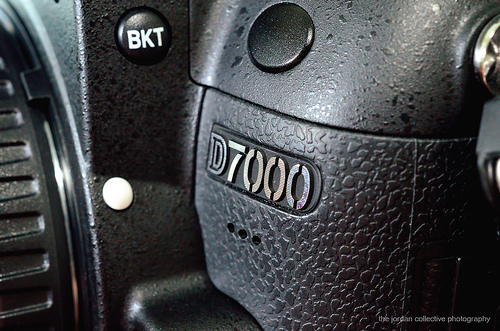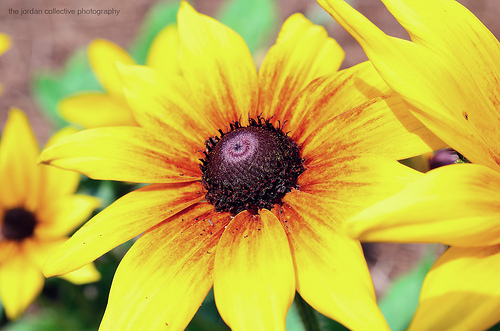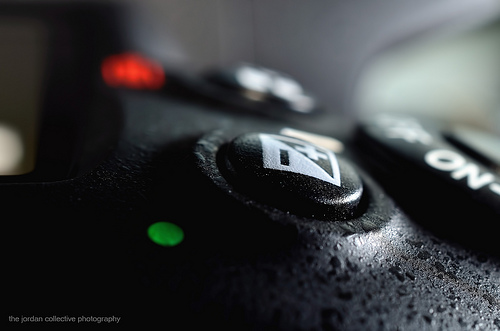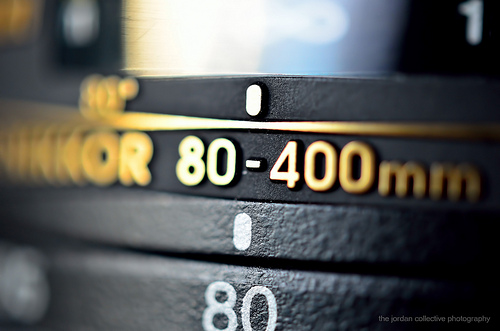This Nikon AF-S Micro-NIKKOR 40mm f/2.8G DX lens review was written by Cary Jordan:
Nikon AF-S Micro-Nikkor 40mm f/2.8G DX Macro lens review By Cary Jordan (The Jordan Collective Photography)
The new Nikon AF-S Micro-Nikkor 40mm f/2.8G DX lens has proven to be full of surprises. It was originally announced by Nikon seemingly out-of-the-blue and continues to surprise with its excellent performance. Despite being an affordable entry level macro lens, there is little info out there other than spec sheets and speculation. Having been one of the first to get a copy of the lens, I’ve spent a good deal of time shooting with it.
Since scientific and controlled testing will be carried out by the usual organizations, I will only attempt to show real-world shooting and offer my opinion on my copy of the lens. You can also reference Nikon’s MTF chart for this lens to compliment this review.
All testing was performed on two (2) Nikon D7000 16.2MP DX (APS-C) DSLR cameras.
Size and Ergonomics
The first thing I noticed with this lens is its relatively small and light package, especially in comparison to its larger macro siblings. In comparison to other similar AF-S prime lenses in Nikon’s lineup(50mm f/1.8G and 35mm f/1.8G DX), the new 40mm DX Macro is slightly larger and heavier. The 50mm f/1.8G weighs roughly 180g, 35mm f/1.8G DX about 200g and the new 40mm Macro weighs-in at 280g. This is still in the very light category, especially if you consider the weight of the other popular Macro siblings(85mm f/3.5 DX 355g, 60mm f/2.8 425g, 105mm f/2.8 VR 790g). This lens could easily stand in a light travel situation, due to the fact that it can be packed away relatively easily.
Ergonomics on this lens are in-line with the usual Nikon design. The focus ring is large and has a tight feel. The focus ring is also very accurate, due to its gearing ratio. It’s a pleasure to manual focus while doing macro work. As with all AF-S lenses, you can grab the focus ring at any time, without disengaging the M/A-M switch. The lens also features a focus limiter switch that limits the focus from infinity – .02m. This comes in handy when using the lens for general landscape photography.
Build Quality
The new AF-S Micro-NIKKOR 40mm f/2.8G DX macro’s build quality is in-line with Nikon’s newer affordable prime offerings. Its polycarbonate body feels solid and has Nikon’s durable finish.
The lens has a metal F-Mount flange and an “ass-gasket” for improved weather sealing of the mount flange. The “ass-gasket” is a feature that seems to be slowly making its way down the product line, as this is usually a “pro” feature(until recently). The 35mm f/1.8G DX and 50mm f/1.8G Full-Frame lens both feature the rear flange gasket as well.
The front element is made up of two barrels, that both extend as you move from infinity-1:1 magnification. The actual lens element is part of the inner-most barrel, which extends within the outer-most barrel (which also extends as you focus towards 1:1magnification. The total sum of barrel protrusion @ minimum focus distance (1:1 magnification) is about 3/4th inch. The front element does NOT rotate during focusing, so use of a 52mm circular polarizer is indeed possible.
The lens comes with a plastic hood (HB-61), which seems slightly flimsy, when compared to other prime lenses in this focal length.
The lens has a decent focus scale, which does come in handy. This feature is a must for macro photography, so it was nice to see this included on this model.
Performance
a. Sharpness:
Nikon is known worldwide for its superb macro lenses and this lens does not depart from this tradition, despite being an entry level macro. The first thing you’ll notice with this lens is its sharpness. Even when shot wide-open (@ f/2.8), the lens is extremely sharp, which is right in-line with Nikon’s MTF charts.
The first shot is the lens at infinity and shot wide-open. The latter shot is a 100% crop of the same shot, showing the lens’ extreme sharpness, even at f/2.8.
When stopped down, the center gets slightly sharper with the sweet-spot being f/4 – f/8. The corners are sharp, even at f/2.8. Even at f/16 (which is diffraction limited on the D7000’s 16mp sensor), this lens shows just how sharp it is, as the lens remains sharp at small apertures, which is critical for macro work.
Comparing the AF-S Micro-NIKKOR 105mm f/2.8G VR macro lens with the new 40mm DX macro at 1:1 was surprising. I honestly couldn’t tell the difference. Both lenses were super sharp and had about the same contrast.
b. Vignetting:
Corner Fall-off is not bad. It’s at its worst when focused at infinity and slowly disappears as magnification increases. At 1:1, vignetting is non-existent. This means that you should be able to use filters with relative ease, especially at close focus distances.
c. Working Distance
The lens is able to achieve 1:1 magnification, but at a very close working distance. Nikon states the lens has a working distance of about 6 inches (from sensor plane). I found this to be true. This makes 1:1 macro work challenging, as there is not a lot of room to work, or to allow light between the lens and the subject. With the lens hood attached, it’s even more difficult. In the field, I had to remove the lens hood while doing 1:1 macro work, as the hood actually blocks subject lighting. If you were using a dedicated macro flash this would be less of a problem. However, the small working distance makes macro photography of small animals and insects very difficult. The other macro lenses in Nikon’s line-up are better suited for such work (i.e. 105mm f/2.8 VR, 200mm f/4 Macro). That’s not to say that it’s impossible with the new 40mm DX macro.
The first example (very small fly) is at 1:1 magnification, while the second is at 3:1.
One category this lens excels in is product photography and other subjects that can easily be controlled or be placed in controlled environments (i.e. studio work). I found the 40mm DX macro to be perfect for product photography with good lighting. I used my SB-900 flashguns, off-camera and the lens was very enjoyable to shoot with. The results were better than expected.
d. Contrast/Ghosting/Chromatic Aberration/Flaring
The Nikon AF-S Micro-NIKKOR 40mm f/2.8G DX macro is not only sharp, but has great contrast, even when shot wide-open. Its contrast was actually startling, especially when compared to the 105mm VR.
I didn’t detect any Chromatic Aberration (color fringing) in any of the shots, even wide-open.
Ghosting and Flaring were not problems, even with the lens hood off. These were also very controlled. Even when shot directly into the sun, flaring was relatively non-existent.
e. Auto Focus
The 40mm DX macro’s Silent Wave Motor is very precise, but also somewhat slow. This can be viewed as a blessing or a curse, depending on how you employ the lens. For macro work, the slower AF means less “hunting” and more accuracy, yet for general photography, the lens’ AF speed could be viewed as somewhat of a nuisance. Like stated earlier, there is a focus limiter switch that will help speed things along for general photography work. I found the AF speed to be totally acceptable for most things, as long as you learn when to use the focus limiter. As I also stated earlier, manual focus is a pleasure with this lens.
f. Bokeh
Bokeh is very subjective. What one photographer finds acceptable, another can totally dislike. So, the subject of bokeh is from my point of view as your opinion may differ.
The 40mm DX macro lens features a 7-blade diaphragm. The blades are rounded, but because there are only 7 of them, bokeh highlights aren’t perfectly round when stopped-down. The lens’ bokeh is very similar to the 35mm f1.8G DX lens. I find it to be very acceptable, yet somewhat jittery. Not nearly as jittery as the AF Nikkor 50mm f1.8D prime, though. Overall, the bokeh is pleasant, although a 9-blade design would have yielded much creamier bokeh (at a much greater price).
Summary
The Nikon AF-S Micro-Nikkor 40mm f/2.8G DX macro lens has tremendous “bang-for-the-buck”. It is an entry level DX macro, but can be used by any photographer, regardless of experience level, with amazing results. Even if you own the larger, more expensive macro lenses, the little 40mm DX macro is still worth considering for travel or when you don’t feel like lugging around all your pro kit. It’s even great for product photography. I feel this lens was a very smart move by Nikon. It will sell very well with the D3100 and D5100 users and rightfully so. It’s a perfect compliment to the kit lenses as well as some of the more specialized lenses in Nikon’s line-up. Don’t let the focal range deter you, either. The lens is very useful at 40mm (60mm equivalent in FX terms).
Nikon, yet again, has proven its commitment to top-notch ingenuity resulting in industry leading bodies and glass, regardless of system. Maybe the 40mm DX macro wasn’t such a surprise after all?
AF-D Nikkor 80-400mm lens, shot with AF-S Micro-Nikkor 40mm f/2.8G DX macro lens @ 1:1 magnification:
Technical Specs:
- Minimum Aperture • f/2.8 – f/22
- Angle of View on DX • 38°50’
- Number of Elements (Groups) • 9 elements, 7 groups
- Minimum focus distance • 16 cm (6.4″)
- Reproduction ratio • 1:1
- Aperture Diaphragm Blades • 7
- Filter Thread • 52mm
- Size • 6.4 cm wide x 6.9 cm long (2.5″ x 2.7″)
- Weight • 280g (9.9 oz)
- MRSP • $279.95 USD
Here the entire flickr set:
